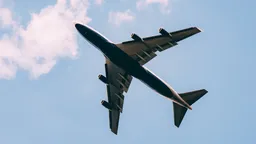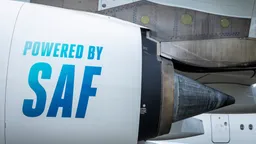Interested in this kind of news?
Receive them directly in your inbox. Delivered once a week.
Irish taxpayers’ funding for loss-making airports serving overlapping catchment areas could have been better invested in developing a sustainable transport network in Ireland, according to T&E. Three airports in the southern Munster province already serve the same route – Alicante in Spain – while all four in Munster serve London.
Meanwhile, declining passenger numbers at the province’s biggest airport, Cork, places it under financial strain and it carries a significant debt repayment from the €113 million cost of a new terminal.
Enda Buckley of the Irish Environmental Network (IEN) said: ‘Taxpayers would be better served by a strategy that consolidates airport capacity and uses the money saved to invest in a rail network that would better connect these catchment areas. This would boost tourism and industry in the regions while helping Ireland to meet its climate targets.’
Andrew Murphy, sustainable aviation officer at T&E, added: ‘One of the state-aid recipients, Knock airport, has exceeded 700,000 passengers and should be more than able to run its own operations with no subsidies. The fact that it is located in the prime minister’s own constituency means however that the premier can proselytise with the public purse.’
T&E also questioned whether the funding conforms to EU state-aid guidelines, which were revised last year and warned against funding airports in cases where catchment areas overlap, where similar destinations are served and where there is already underused capacity. ‘State aid for loss-making airports does nothing to improve Europe’s competitiveness or create jobs. It is an enormous waste of scarce public money that goes directly towards making our climate crisis worse,’ Andrew Murphy concluded.
Fuel tax breaks
Taxpayer subsidies for aviation has come under increasing scrutiny with MEPs in July demanding EU-US cooperation to end tax breaks for commercial aviation fuel as part of the Transatlantic Trade and Investment Partnership (TTIP). T&E said that while consumers, small businesses and hauliers pay an average of 48 cent in tax per litre, airlines in the EU don’t pay any tax to fuel their planes. The state subsidy is fuelling air traffic growth, with aviation’s greenhouse gas emissions expected to increase 300% by 2050, according to the UN aviation body ICAO.
Cécile Toubeau, better trade and regulation officer at T&E, said: ‘It is great that Parliament wants TTIP to end the out-dated fuel tax exemptions for aviation – a €20 billion fossil fuel subsidy for the most carbon-intensive form of transport. With air passenger numbers set to grow 4% a year for the next 20 years, the aviation sector can well afford to pay its way.’


